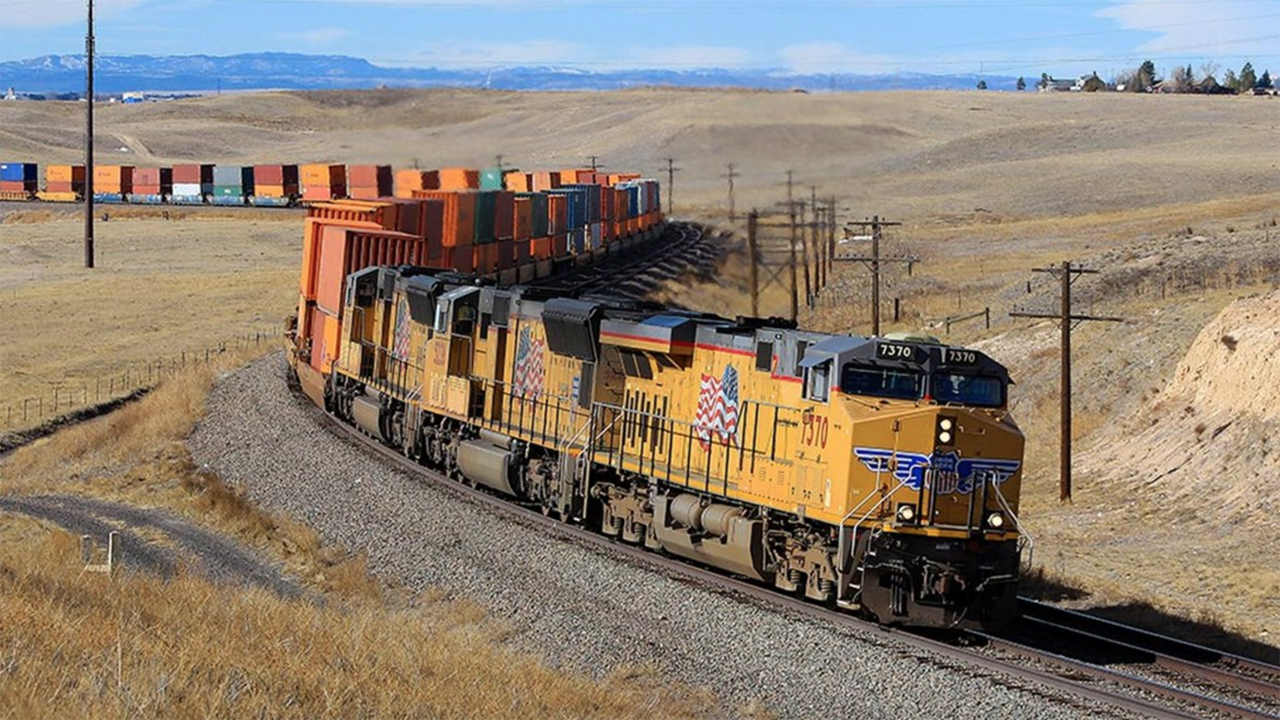
Schneider Fully Transitions Western Rail Ops to UP
Written by Marybeth Luczak, Executive Editor
Schneider on Jan. 2 reported completing the transition of its western rail operations to Union Pacific (UP). The trucking, intermodal and logistics services provider signed a long-term agreement with UP in January 2022.
To facilitate Schneider’s intermodal-operations transition, the companies “collaborated closely” over the past year to align operations, technology, sales and customer teams, according to Schneider, which noted that there “was no disruption to Schneider’s customers” during the move.
Schneider said it “now has access to more rail lanes as well as direct connections on transcontinental freight due to the partnership between the Union Pacific and CSX networks.”

UP won Schneider’s business from BNSF, whose contract expired with Schneider on Dec. 31, 2022. Scott Group of Wolfe Research in January 2022 commented: “BNSF’s intermodal business was about 50% bigger than UP’s last year [2021], but in the past six months, UP has announced intermodal contract wins from Knight-Swift Transportation Holdings (KNX), APL Logistics, and now Schneider (SNDR). So, UP seems to be winning some natural share that should help it narrow the intermodal revenue gap. This contract shift means that SNDR, KNX, Hub Group (HUBG), and XPO Logistics (formerly Pacer) will each operate on UP, while J.B. Hunt (JBHT) will continue to operate exclusively with BNSF. The recent shifts of KNX and eventually SNDR to UP should help free up capacity on BNSF and support improved box turns and volumes for JBHT over the next couple of years. In contrast, more volume shifting to UP seems like a bit of a risk to HUBG, although smaller, non-asset IMCs on UP likely face more risk. We also think the shift to UP should initially be positive for SNDR’s intermodal business in 2023.”
Schneider and UP “are working collectively to improve driver efficiency at terminals, further reducing delays in transit,” according to Schneider. “The railroad’s additional lane options and consistent rail departure frequency provides customers with more options, better reliability, and ultimately greater control over the supply chain.”
Schneider has a North American intermodal fleet of more than 28,000 company-owned containers, which accompanies a fully deployed company-owned chassis fleet; it said it plans to double its intermodal size by 2030.

“We believe the move in the West means we can offer our customers a distinct differentiator in the market,” Schneider Executive Vice President and Group President of Transportation and Logistics Jim Filter said. “The combination of more coast-to-coast connections and being the first fully asset-based carrier with company drivers, company-owned containers, and company-owned chassis to operate on the railroad will result in more consistent service and less time in transit. We see huge benefits with Union Pacific to successfully deliver a positive service experience for our customers and drivers. In addition to offering our customers more possibilities, the transition to Union Pacific is a crucial piece in furthering our sustainability goals.”
“This is the beginning of a partnership built on a shared commitment to provide more sustainable intermodal services and reduce our carbon footprints,” UP Executive Vice President of Marketing and Sales Kenny Rocker said. “We look forward to future growth as we leverage Union Pacific’s extensive network and Schneider’s innovative logistics offerings to provide unparalleled customer service.”



